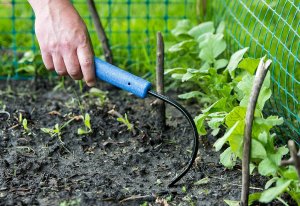

We may earn revenue from the products available on this page and participate in affiliate programs. Learn More ›
If you are looking for perennial flowers that bloom from spring to fall, you are likely to be disappointed, because most types of perennial plants only flower for 2 to 4 weeks before going to seed. Fortunately, there are long-blooming perennials that exceed the average, with some blurring the distinction between spring flowers and summer flowers.
You can prolong their performance by keeping faded blooms trimmed off of non-sterile cultivars. Since their mission is to make “fruits” (seedpods), they generally will produce more flowers only as long as their seedpods haven’t fully developed.
1. Blanket Flower (Gaillardia x grandiflora)
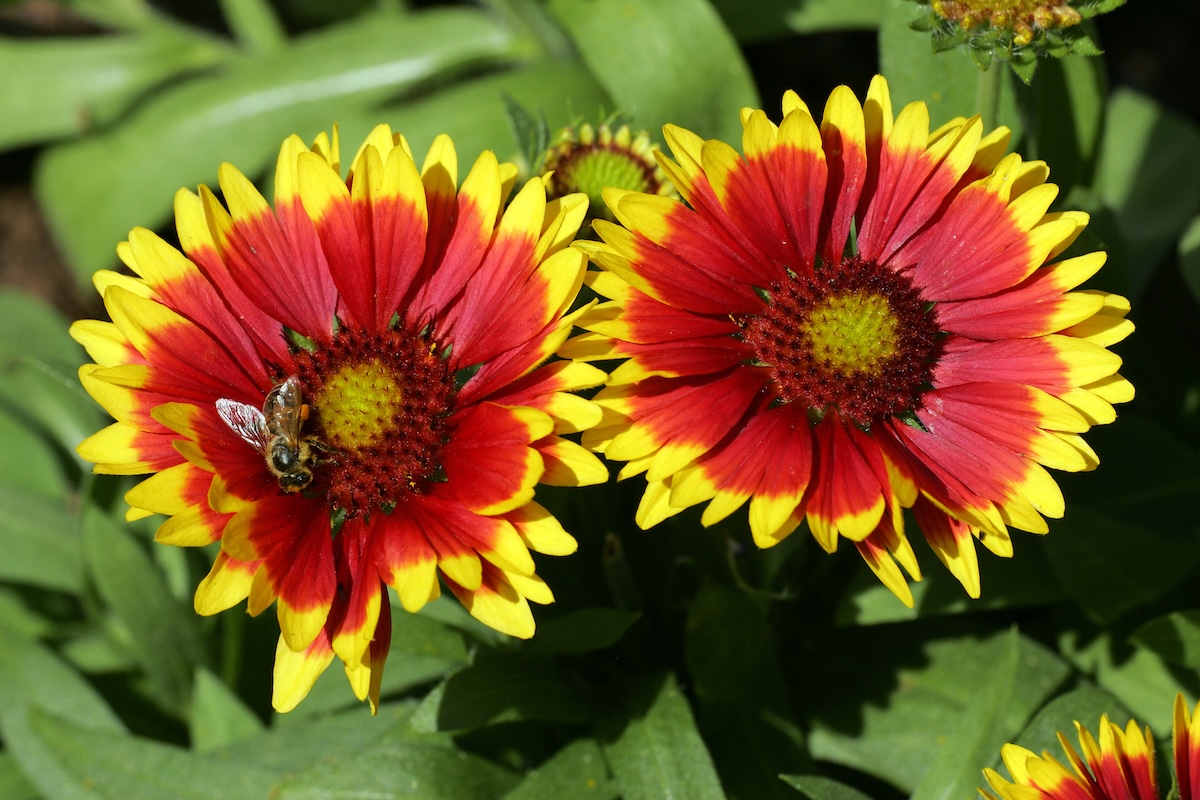
Among the most colorful perennial plants, blanket flower hybrids reach 2 to 4 feet in height with bright-hued, daisy-like flowers 1 to 4 inches in diameter. The New Sunset Western Garden Book notes blanket flower’s “exceptionally long bloom period for [a] perennial—early summer until frost.”
This plant performs best in poor soil and shouldn’t require fertilizer. Perhaps because it wears itself out with its “blanket” of blooms, it generally lives only a couple years.
Hardiness Zones: 3-9
Best For: Perennial border, pollinator garden, wildflower garden
2. Catmint (Nepeta spp.)
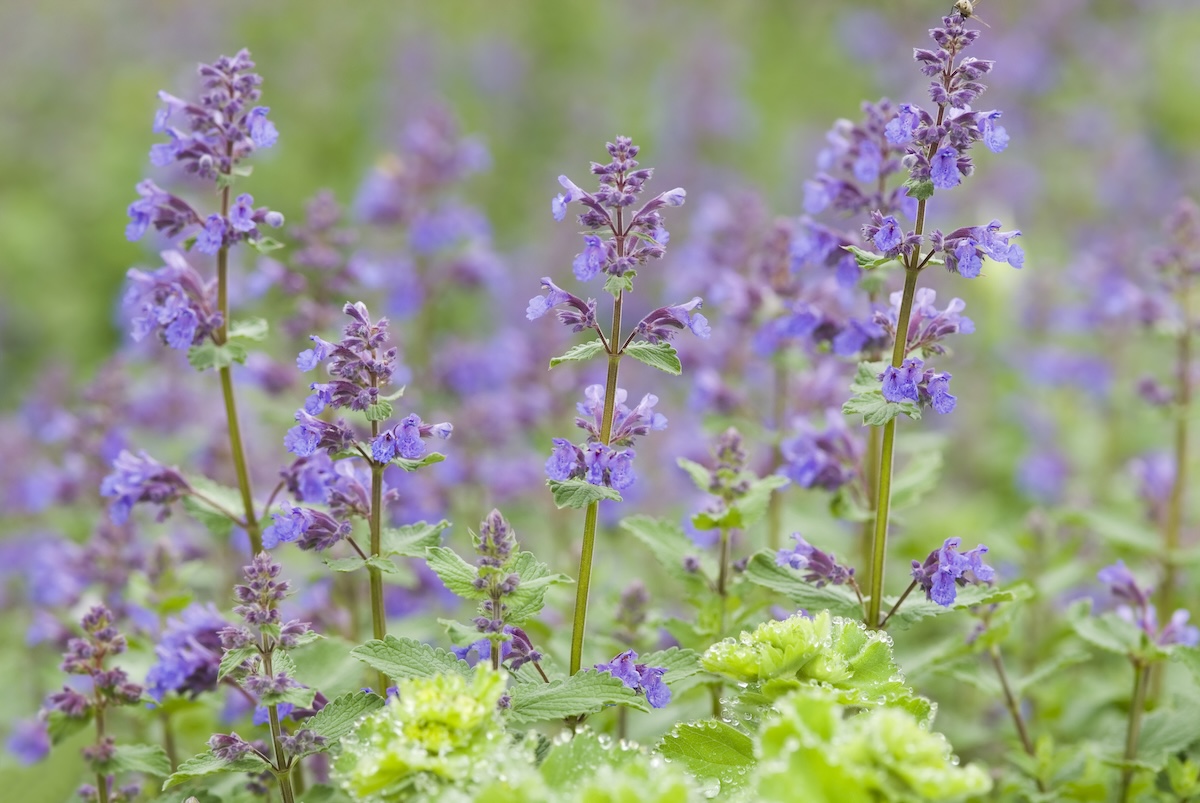
Although the best-known member of this genus is catnip, a wide variety of other catmints are grown for their good looks rather than their “intoxicating” effect on felines. Varying in height from 6 inches to 4 feet and often blooming from spring through autumn, they produce scalloped silvery green foliage and 1/2-inch to 1½-inch two-lipped blooms in shades of purple, blue, pink, yellow, or white. ‘Superba’ reportedly is one of the longest-blooming varieties.
Hardiness Zones: 3-8
Best For: Cottage garden, pollinator garden, rock garden
3. Cranesbill (Geranium spp.)
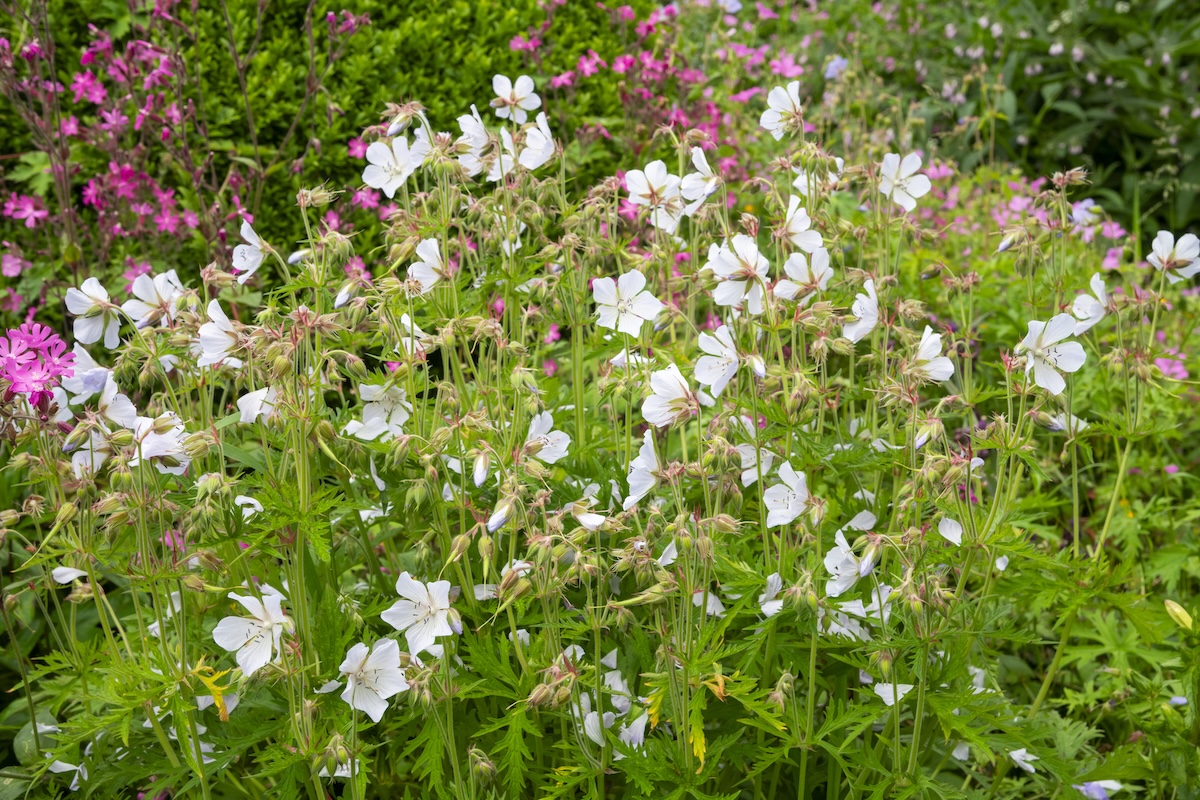
Although some cranesbills, AKA hardy geraniums, only bloom in early summer, others perform much longer. Varying in height from 3 inches to 3 feet, they produce roundish 5-petal blooms ranging from 1 to 2½ inches wide in purple, blue, pink, or white shades.
Among the most well-known long bloomers, ‘Rozanne’ can flower from late spring through autumn. Other cultivars that pump out the posies for months include ‘Johnson’s Blue’ and ‘Orion.’
Hardiness Zones: Varies from 3-9, depending on cultivar
Best For: Ground cover, perennial border, rock garden
4. Daylily (Hemerocallis spp.)
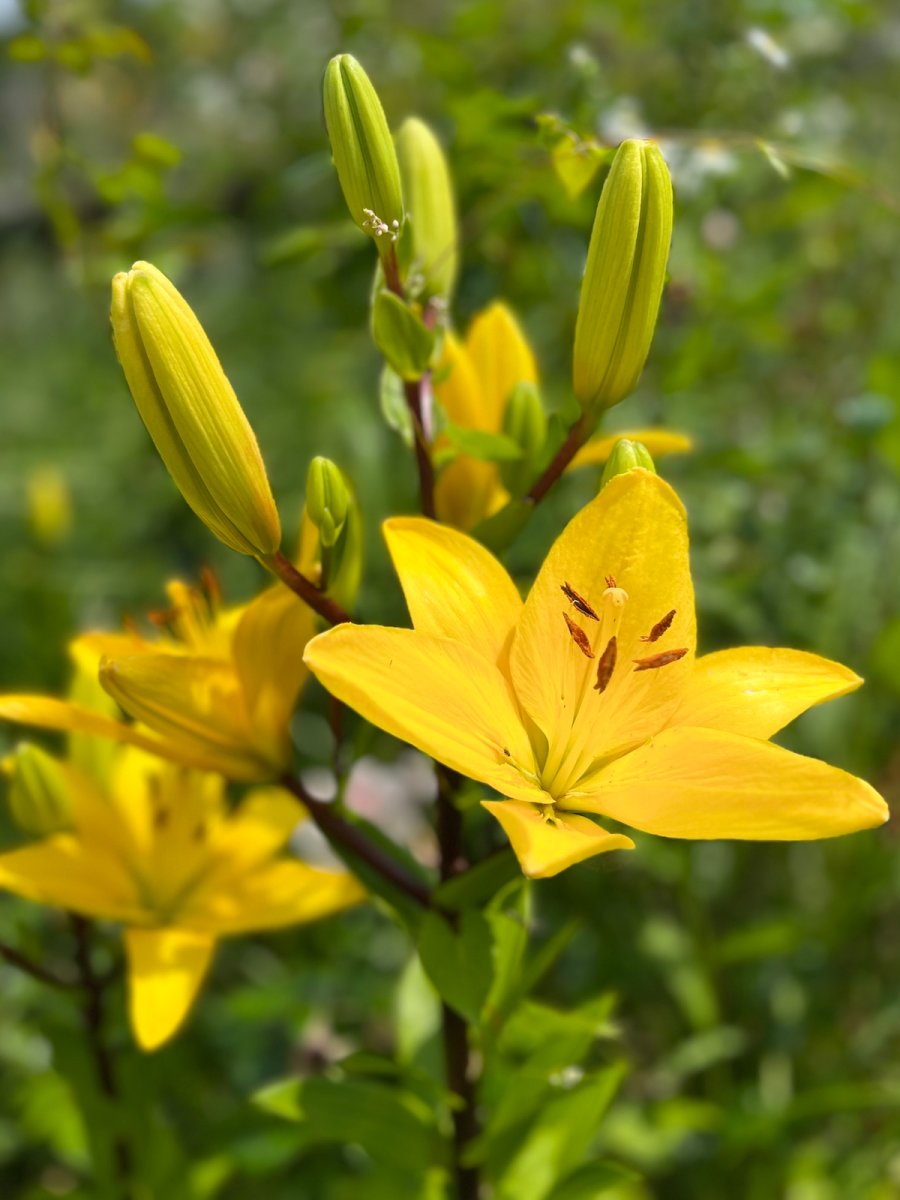
Although daylilies typically flower in mid-summer in cold climates, recently developed everblooming cultivars extend the season. ‘Happy Returns,’ can bloom from June through October, while its better-known parent ‘Stella de Oro’ flowers from May to August.
Daylilies vary in height from 1 to 4 feet with trumpet-shaped flowers 1½ to 8 inches in diameter. The name of these low maintenance perennial flowers means each bloom only lasts one day but can make your day!
Hardiness Zone: varies from 3-9
Best For: Mass planting, patio garden, perennial border
5. Knautia (Knautia macedonia)

This perennial plant, pronounced “naughty-a,” grows from 1½ to 2 feet tall with burgundy scabiosa-like flowers about 1½ inches in diameter. A crimson dwarf cultivar called ‘Mars Midget’ cultivar grows to about 16 inches and a ‘Melton Pastels’ mix produces blooms in a wider range of colors. Among the perennials that bloom all summer and often into autumn, knautia performs best where those summers aren’t hot and humid.
Hardiness Zones: 5-9
Best For: Cottage garden, perennial border, wildflower garden
6. Pincushion Flower (Scabiosa columbaria)
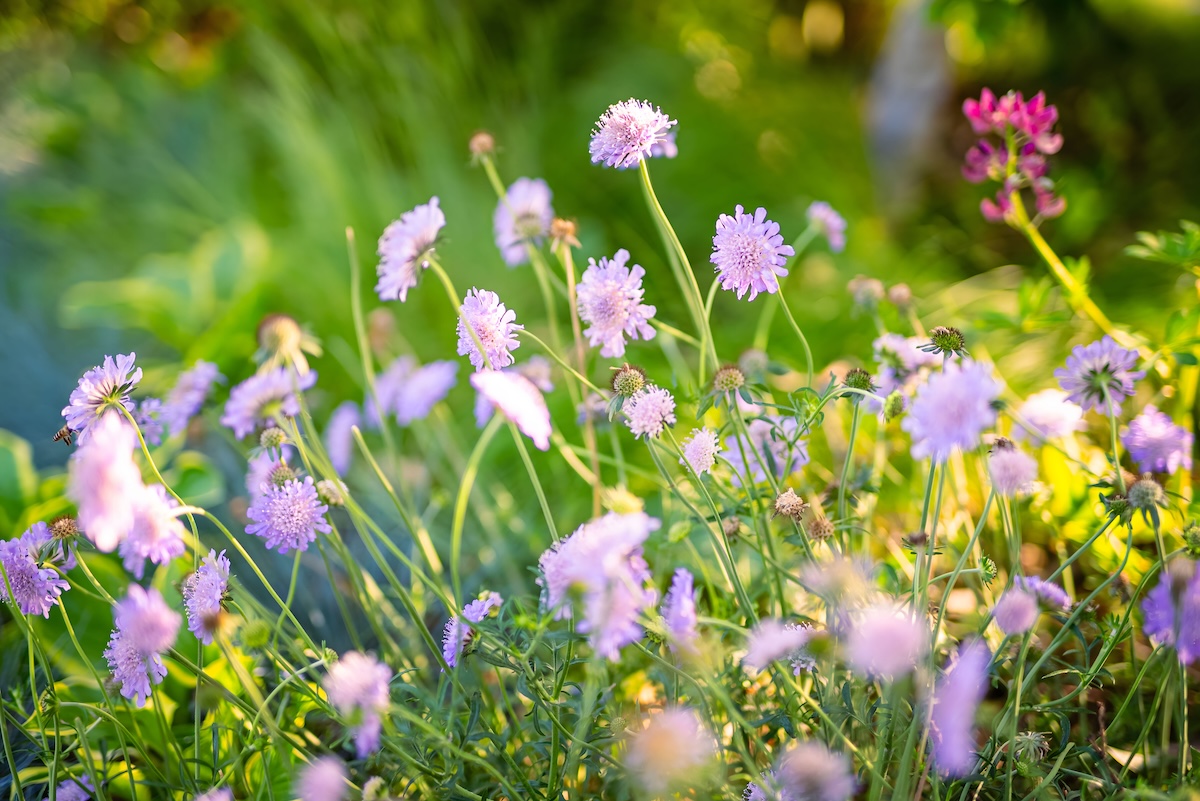
Scabiosa flowers “resembling a pincushion full of needles” can appear “almost all year in mildest areas” according to The New Sunset Western Garden Book. One of the most popular cultivars, ‘Butterfly Blue,’ grows to 16 inches tall with gray-green foliage and 1- to 3-inch lavender-blue blooms. North Carolina State Extension advises that you give the plant “rich, alkaline soil high in organic matter and provide good drainage, as it will not tolerate wet feet.”
Hardiness Zones: 5-9
Best For: Container, cottage garden, patio garden
7. Rose Verbena (Verbena canadensis)
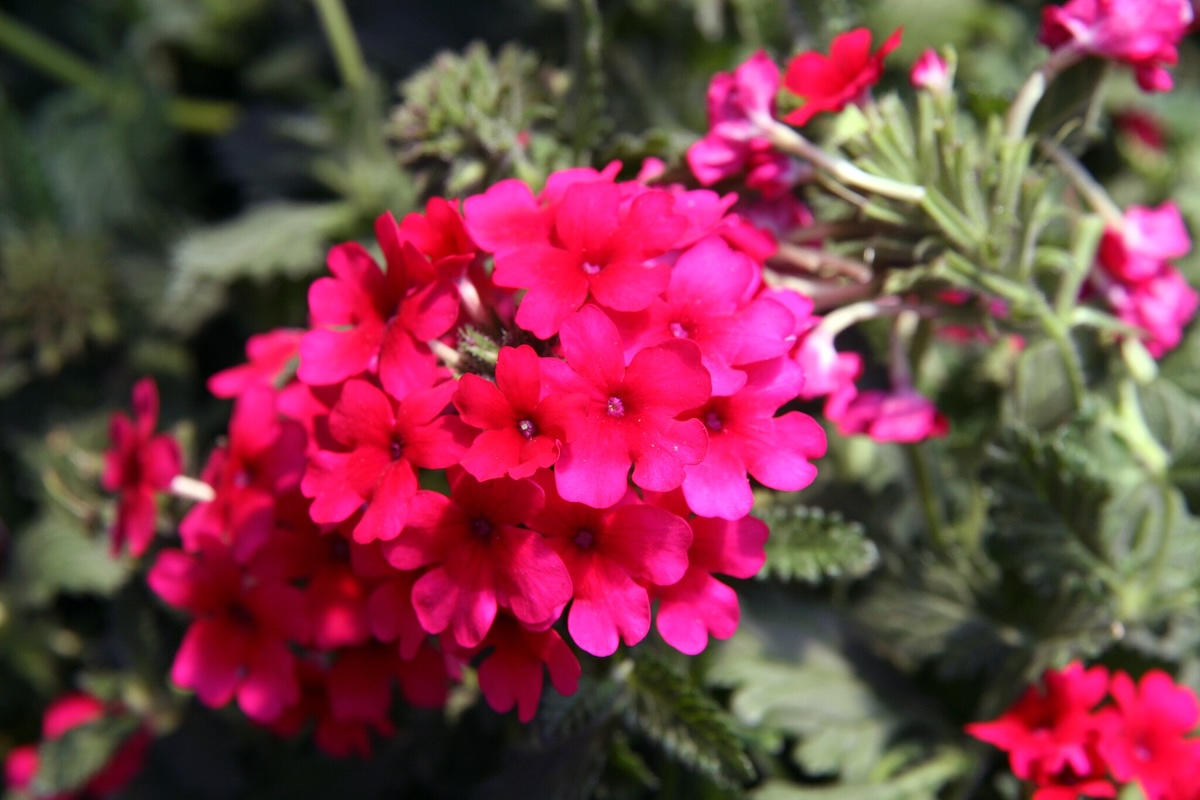
Among the low-growing flowering perennials and also known as Glandularia canadensis or rose vervain, this wildflower only reaches 6 to 18 inches in height. From late spring to late summer, it produces flat clusters of pink flowers above lobed, dark-green foliage.
With a layer of protective mulch, it also can number among the short perennial flowers in Zone 5. The cultivar ‘Homestead Purple’ offers dark blooms and ‘Homestead Hot Pink’ bright ones.
Hardiness Zones: 6-9
Best For: Container, edging, rock garden
8. Russian Sage (Salvia yangii or Perovskia atriplicifolia)
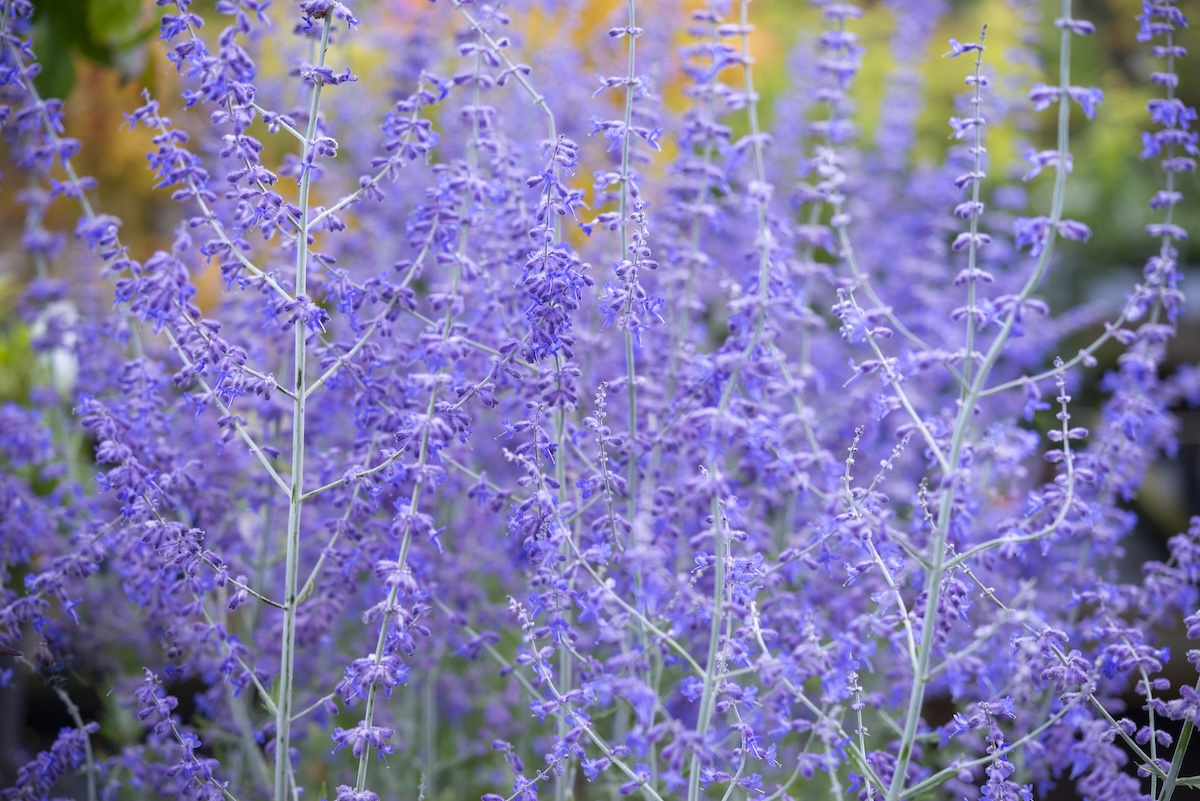
The New Sunset Western Garden Book once noted that “This popular plant is neither a sage nor from Russia.” However, the Asian perennial that originally was listed under the genus name of Perovskia was recently reclassified as a salvia. It grows from 3 to 4 feet tall with panicles of small purple flowers against fragrant silvery green foliage from July through October, placing it among the fall flowering perennials as well as the summer ones.
Hardiness Zones: 5-9
Best For: Cottage garden, pollinator garden, xeriscape garden
9. Sage (Salvia spp.)
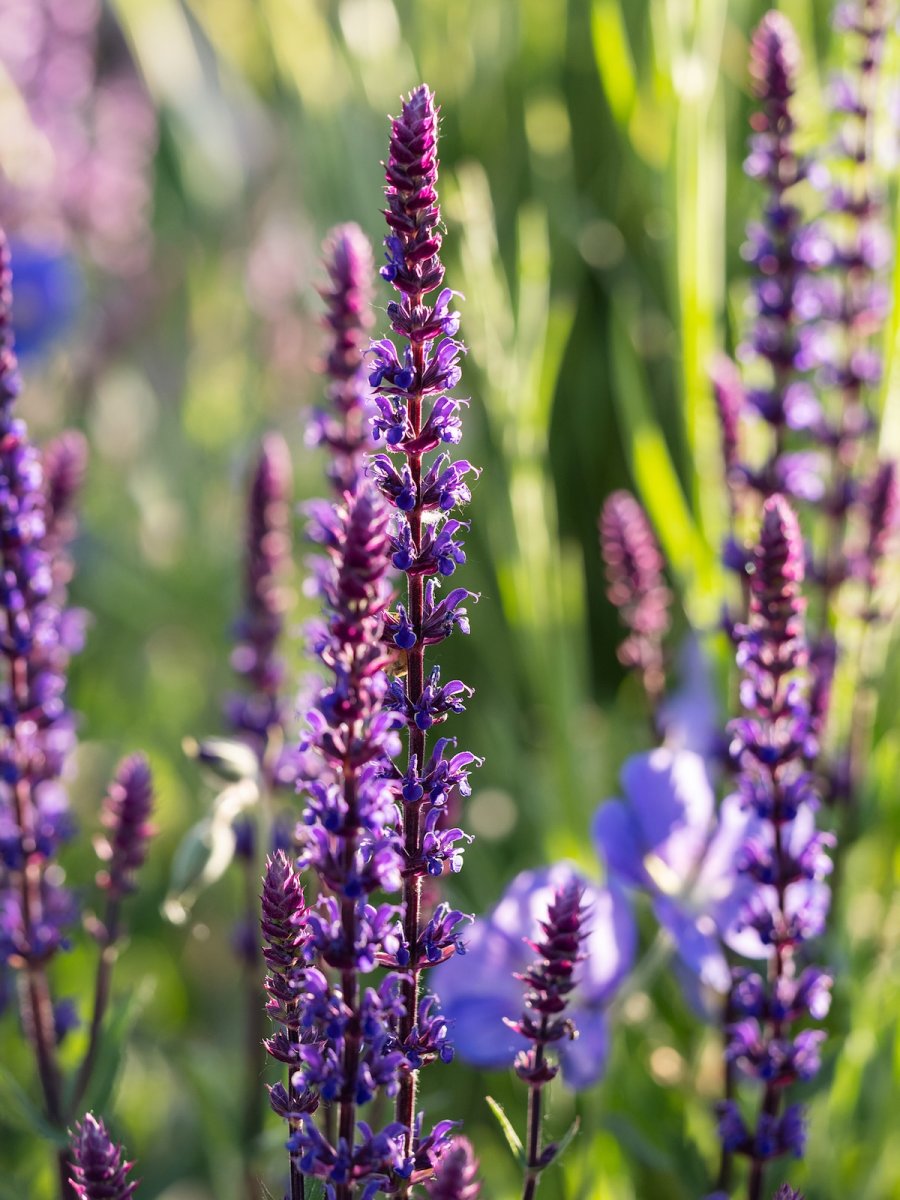
Coming from one of the largest families of outdoor flowering plants, genuine sages vary from culinary species to decorative ones. Most produce 1- to 6-foot stalks of two-lipped blooms in a wide variety of colors.
As its name implies, Salvia sylvestris ‘May Night’ can begin to bloom in late spring and continue until late summer, as can Salvia nemerosa ‘East Friesland.’ Another long-bloomer, Salvia verticillata ‘Purple Rain’ flowers from early summer to early fall.
Hardiness Zones: Varies from 4-10
Best For: Container, perennial border, pollinator garden
10. Spiderwort (Tradescantia virginiana)
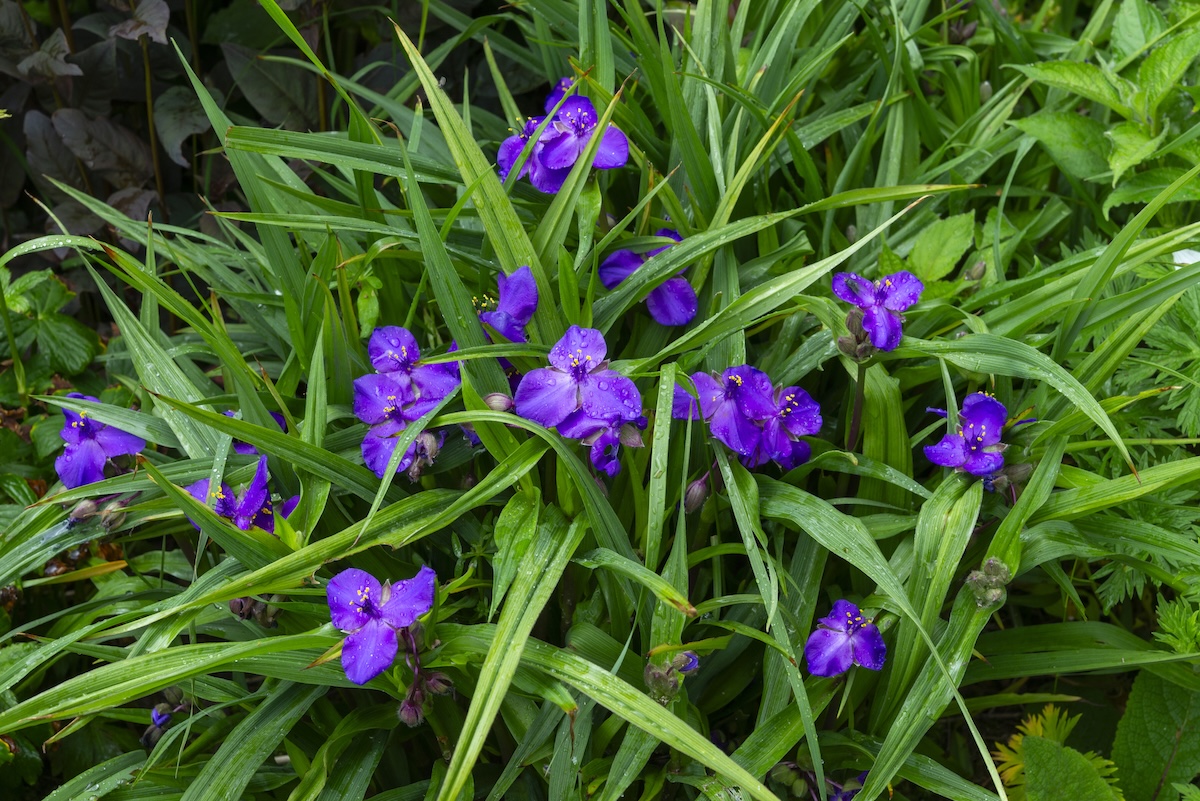
Growing from 1½ to 3 feet tall with grass-like leaves, spiderwort is a shade or partial-shade perennial which produces unusual 3-petal flowers up to 1½ inches across in purple, blue, pink, and white hues. Cultivars such as ‘Concord Grape’ can bloom from late spring through late summer. If your plants stop blooming in mid-summer, cut them back and they should produce new buds to make them fall-blooming perennials, too.
Hardiness Zone: 4-9
Best For: Pollinator garden, rain garden, woodland garden
11. Tickseed (Coreopsis spp.)
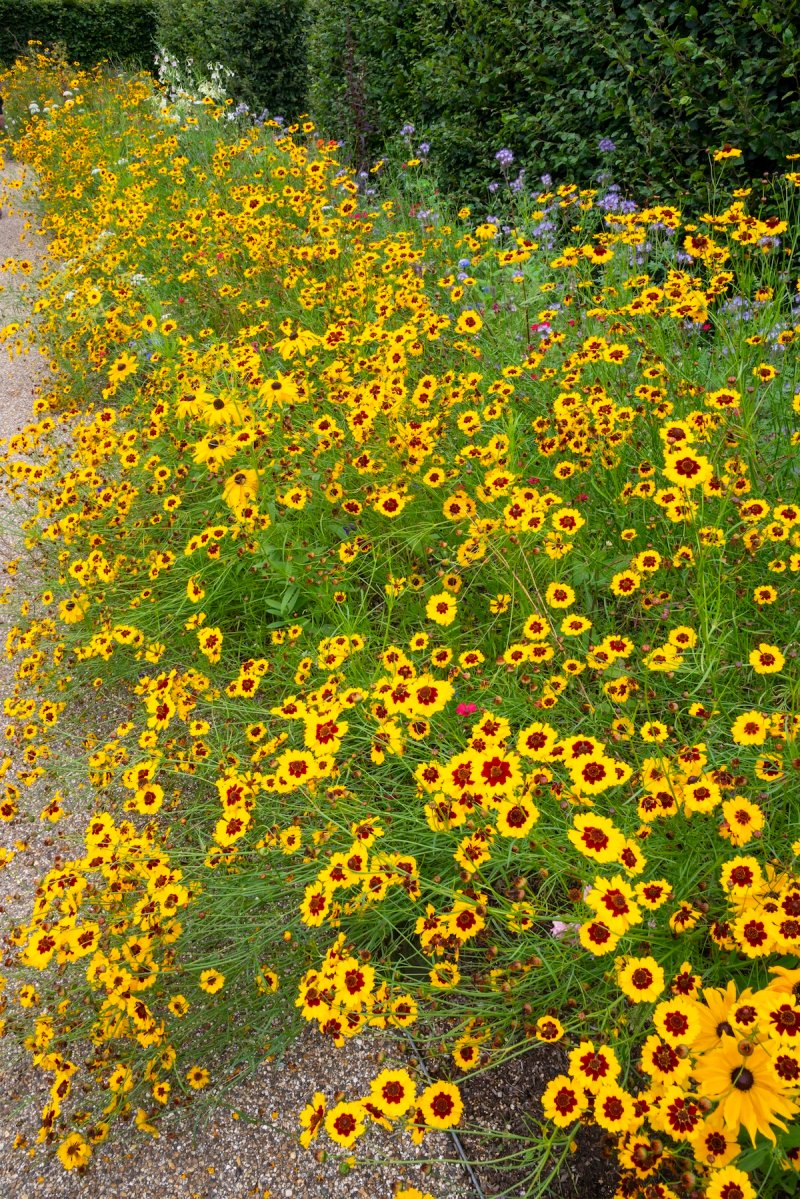
According to Tabar Gifford, partnership cultivator with online retailer High Country Gardens, “Coreopsis is pure summer sunshine. From early summer well into fall, its cheerful blooms light up the garden with nonstop color. It just keeps blooming, even through heat and drought, and thrives in poor or sandy soils.” Varying from 6 inches to 3 feet tall, with 1 to 3-inch flowers, tickseed ticks all the boxes when it comes to sizes and colors to suit everyone.
Hardiness Zone: 4-9
Best For: Edging, perennial border, wildflower garden
